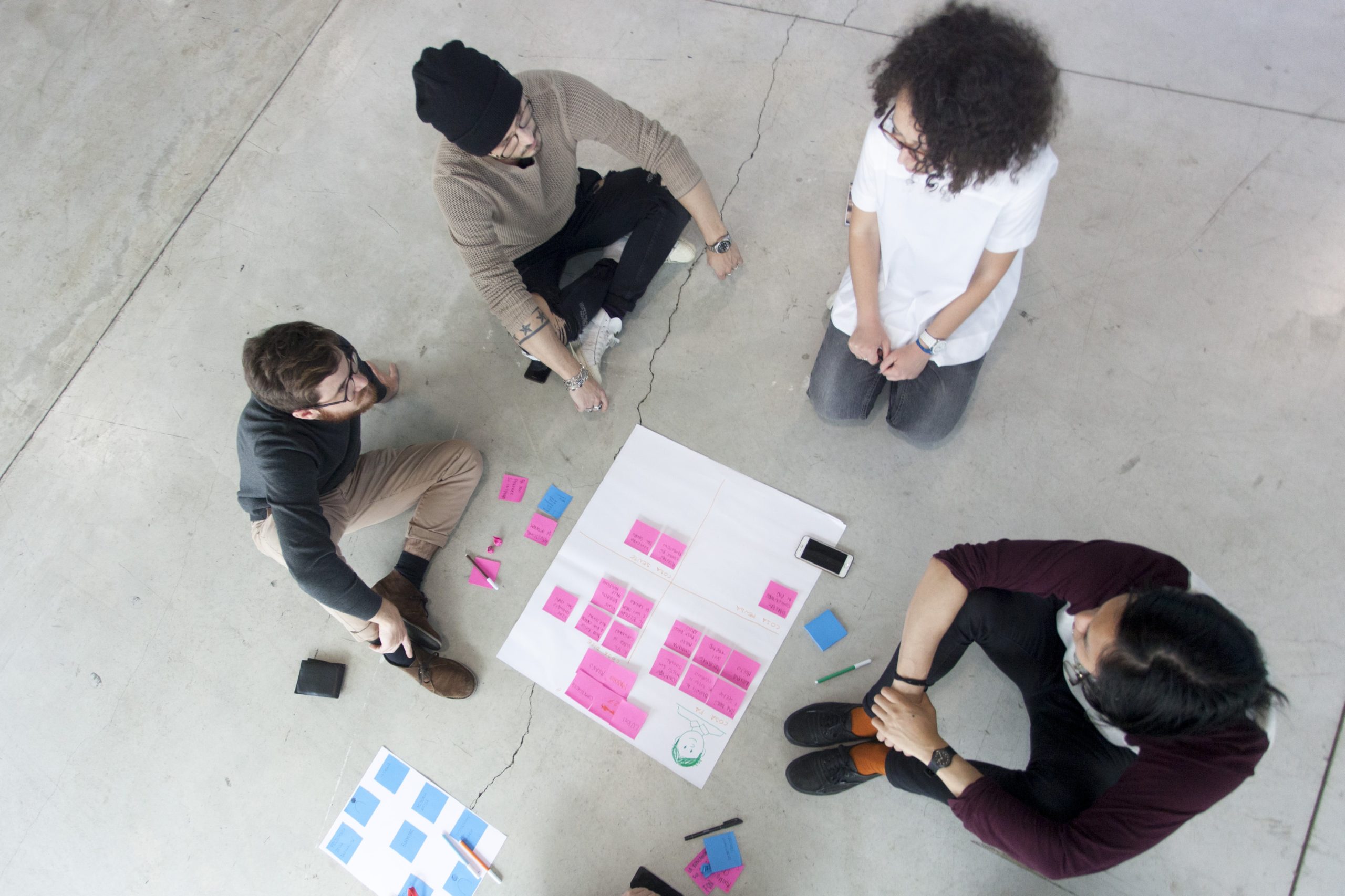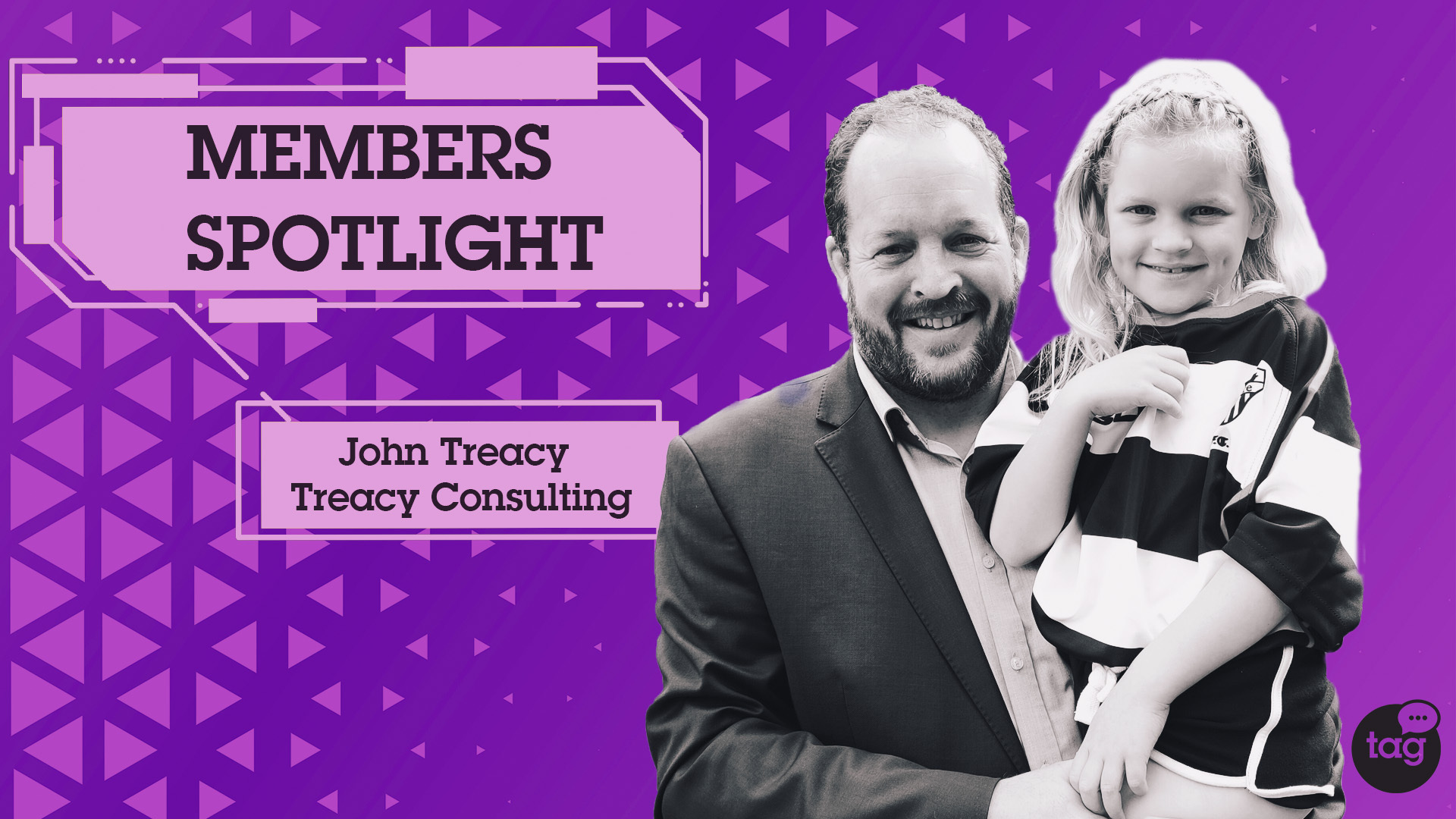Build an identikit of your users: get to know their Personas well


"This is a great playlist!" "I can find everything I like on Netflix” "That little house by the sea seems made just for me!”
I defy anyone to say that they have never said something similar.
The world is changing. That's a fact. Every day, new applications and services become part of our lives, and in an increasingly natural way. Today there are services that are revolutionizing the way in which we book a holiday, how we buy things and last, but not least, how which we treat ourselves to some well-deserved relaxation after a long day, we are radically changing our habits and consequently, our expectations. Particularly overseas but also in Italy, just mention Netflix, Airbnb or Spotify and there you have it.
But what do these big, successful companies have in common?
The main factor to which they owe their success, in addition to a great intuition, is this: they know their users well, or as they are called in technical jargon, personas.
It was 1998 when Alan Cooper, in his book "The inmates are running the Asylum", introduced for the first-time personas as a practical tool for project planning, describing them as a condensed portrait of characteristics (behavioural and moral) typical of an established group of users.
Why is it so important for companies to define Personas?
Personas are constructed in order to identify profiles, needs, requirements and expectations of real users, so that a User Experience can be designed based exactly on them
How are Personas created?
Observe, observe, observe.
Personas are designed after an exhaustive observation of the potential users.
If all project members are clear about the users they are designing for, the solutions adopted will be well targeted, because decisions will be based on real end-user points of view, they are the ultimate tester of the product.
In summary, we can say that personas are the first link in the design process and at the same time the last link.
Undoubtedly one of the most difficult tasks for a researcher or designer who starts working with personas is to identify the users' goals and synthesize them effectively. Definitely the best way to understand this is to talk to people, ask them questions and get to the heart of the matter, and discover their needs and behaviors. Unfortunately, however, users are not always self-aware and are able to clearly state their goals. For this reason, designers and researchers need to reconstruct them by observing real behaviours, also recording their actions in their daily lives.
You will know that you have created good personas if you can answer these 3 questions:
- What guides the actions and choices of my personas?
- What are the primary goals that the personas wants (and needs) to satisfy?
- What are their underlying concerns?
Among the many companies that use the methodology of personas we find MailChimp, the company now famous for newsletter management and email campaigns.

In 2013, when preparing for a re-design project, the MailChimp project team asked themselves: "Who are our users? And why do they use MailChimp?"

They decided to talk to dozens of users and acquired loads of data and identified their characteristics and needs. From all the data collected, they created 5 personas to be used as design guides.
The process began with a series of interviews with internal managers to understand what the company's idea was of its customers, and the same characteristics emerged: intelligent, self-sufficient, technological. On this basis, the persona Fred, the ideal user, was created. They then moved on to their existing clients and interviewed them face-to-face. And that's how Fred was joined by other profiles such as Andre, Eliza, Ada and Mario, and so that everyone could always have them in their sights, they created, for each of these people, posters to represent them, displayed in the busiest rooms of the HQ.



These people helped the MailChimp team always keep in their minds the users they were designing for and what was really important to them. They had a huge influence on the redesign process, taking the company to new heights.
So yes, the world is changing, and with it also the expectations of users. They increasingly expect to be understood and recognized by their beloved brands. If today personas exist as a tool of knowledge, tomorrow those same people will become part of the development process at every stage, becoming in effect part of the project team.

Don't Waste Your Talent. Turn It Into a Career With a Course That Fits Your Needs!
Keep reading

The Key to Finding Success Through Work-Life Balance

Sustainability in a Covid-19 World

Innovation and genuine food: the recipe of success by Poke House

